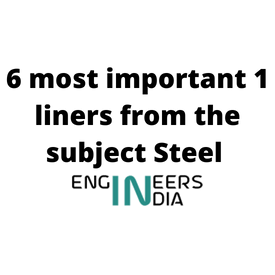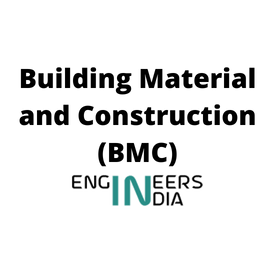Important 7 Terminologies used in the Surveying

We are now sharing the 7 terminologies taken from the subject Surveying. The 7 terminologies are as under General Notes The purpose of surveying is to create a plan and a map. The plan is a large-scale depiction of a limited region. A map is a small-scale depiction of a limited region. The surveying principle To start with the big picture and work my way down to the details At least two measurements are required to find a new station. Geodetic surveying (area > 250 km2) is when the curvature of the earth is considered. Plane surveying (Area 250 km2) is when the curvature of the earth is not considered. On the surface of the earth, the difference between the long arch of a circle and the subtended chord is 0.1 meters for 18.2 kilometers, 0.3 meters for 54.3 kilometers, and 0.5 meters for 91 kilometers. The sum of the angles on a spherical triangle on the earth's surface and the equivalent plane triangle is 1 second per 195.5 square kilometers of land area. Rad...








